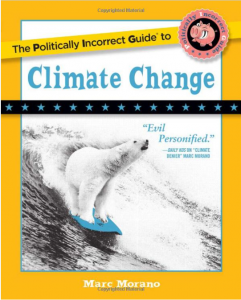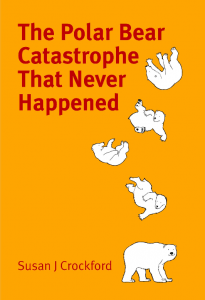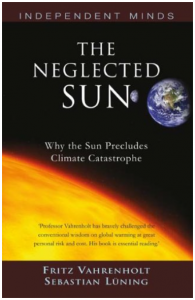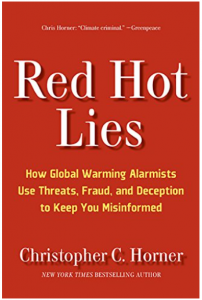In a previous post, Trend in Global Fires, data analyst Zoe Phin showed the global fire trend for the last 21 years.
Since then, Zoe has taken it it a step further and found a source with more data going back to 1982: from a project funded by European Space Agency. RHere. Actual data is downloaded from UK servers, here.
Here’s what Zoe found:

Burned area has plummeted since 2000.
“It’s obvious that carbon dioxide has zero effect on fires, Zoe rightfully points out. “Anyone who tells you otherwise is a liar, an imbecile, or just plain ignorant. The latter can be cured.”
Visit Zoe’s site!





Willis didn’t find any issues with this one, it appears.
Plotting a trend from 1982 shows an increase. That’s not favorable, so that mistake could never be made.
A trend line from 1996 would show a decline.
Looks like another natural cycle. Everything in nature has some kind of cycle, even multiple cycles and nothing is linear. We don’t have enough data to detect most of them.
Actually the worst fires were in the late 1800’s!
For climate change, wildfire acres burned are most likely to be spurious unimportant data. Minor changes of the global average temperature are irrelevant. Changes in precipitation could be relevant.
What causes forest fires?
90% people
10% nature
Do people become more careless, or commit more arson
than they used to, simply because the average temperature rises
a few tenths of a degree, mainly at night when they are sleeping,
which they probably did not even notice? I see no connection.
Natural fires can be started by tree branches falling down
on transmission lines. The trimming of trees near lines
is important. A slight change in temperature is not.
The severity of fires (acres burned)
depends mainly on forest maintenance.
Were any dead trees removed?
Were any fire breaks created?
Were there prescribed burns?
Are airplanes used to fight fires?
Are new fires spotted faster with satellites?
Are fire fighters more efficient than in the past?
I looked at precipitation in California
since the late 1800s and saw no obvious correlation
with wildfire acres burned. There is a dry season
in California where forests are prone to wildfires.
The fuel for fires gets dry enough to burn EVERY year.
The fuel does not get drier from a slightly higher temperature
because it was already dry.
The number of fires then depends on how many people
are careless or arsonists … and the population
of California is much larger than 100 years ago,
so there are more people who could be careless, and
more of them live near forests than long ago.
Discussing wildfires and global average temperature
changes of a few tenths of a degree seems like a waste
of time. UAH average satellite temperatures are a good indicator.
But wildfire acres burned?
I don’t think so.
Too many fires are man made.
Concerning US acres burned.
I believe it was the EPA who looked at the
official data, saw a low point in the 1970s,
and then truncated the data to create a rising trend
since the 1970s on their chart. They chopped off
the huge amount of acres burned in the 1930s.
That shows us the low “quality” of government data!
“Natural fires can be started by tree branches falling down
on transmission lines.”
Sorry, those are called man made fires.
[…] Analysis Of Data Going Back 40 Years Shows CO2 Has No Effect On Forest Fires,…Burned Area Plum… […]
[…] Analysis Of Data Going Back 40 Years Shows CO2 Has No Effect On Forest Fires,…Burned Area Plum… […]